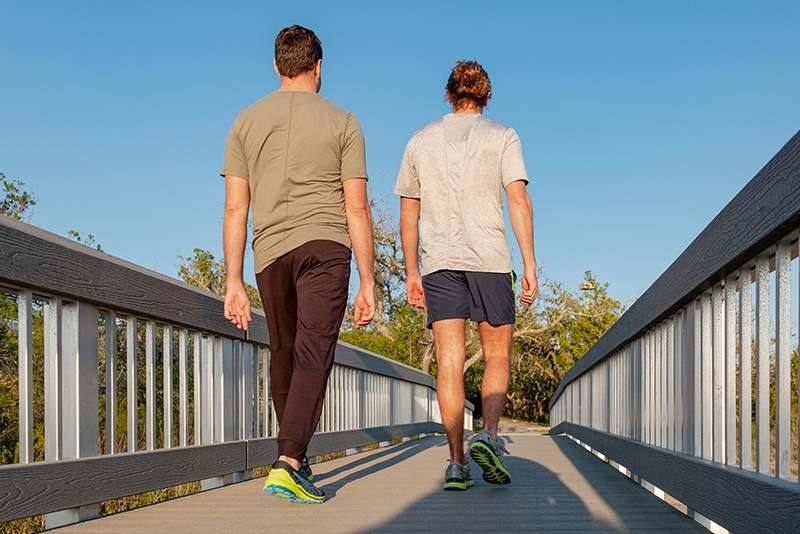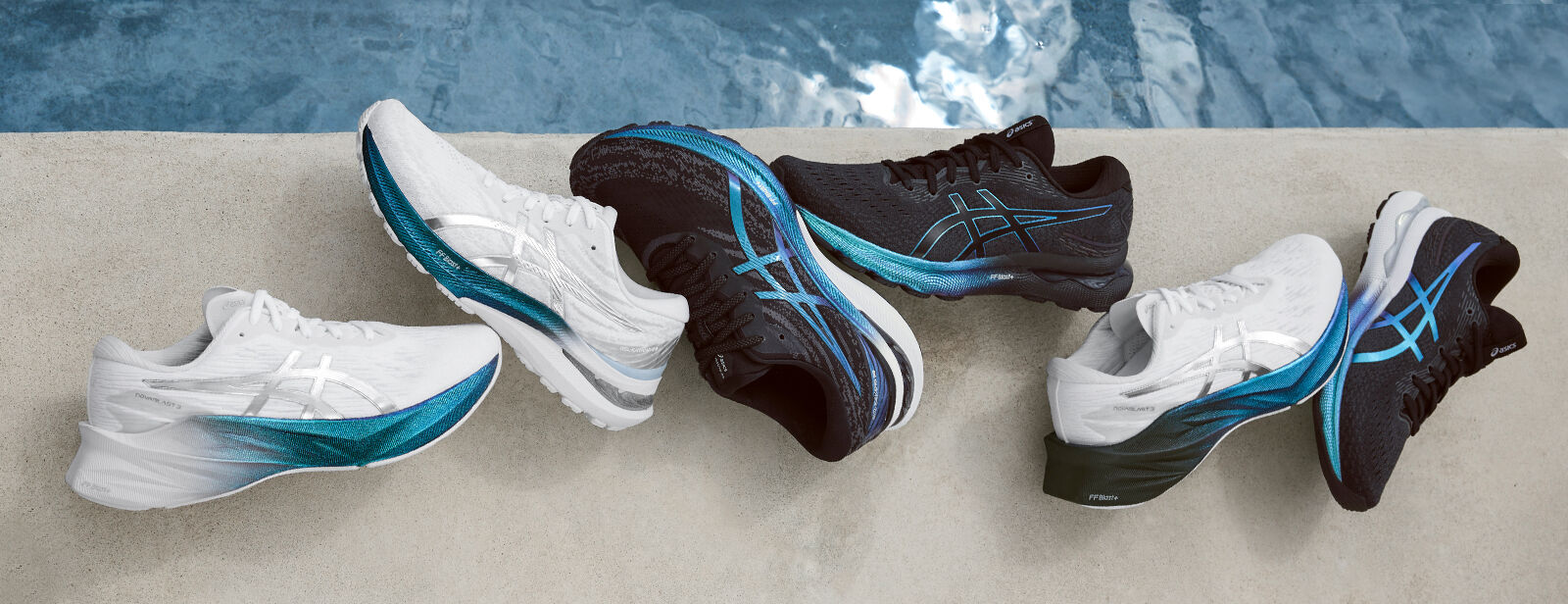It all depends on how often you run. If you run four or more times a week, you should have at least two pairs of shoes.
To help, we’ll explore the benefits of rotating between trainers, look at the cost, and provide tips to add a new pair of running shoes to your lineup.
Benefits of Rotating Between Two Pairs of Running Shoes
For avid runners, rotating between two (or even three) pairs of running shoes is ideal. Rotating your shoes can:
- Prevent muscle aches
- Allow the shoes to decompress
Ideally, you’d let a pair of running shoes decompress for 24 to 48 hours before running in them again. If you have another pair of running shoes, you can rotate between them and give each pair ample time to return to its optimum state.
- Provide specific support based on the type of run
They opt for a maximum running shoe, with a larger sole to provide more cushion, like GEL-KAYANO™ 28, for longer runs, and neutral shoes, like DYNABLAST™ 2, with a lower drop height, for shorter runs.
Does It Cost More to Have Multiple Pairs of Running Shoes?
Buying more than one pair of running shoes isn’t more expensive in the long run. By rotating shoes, you extend the lifespan of each pair, so the cost is actually the same.
You’ll buy running shoes less frequently when you rotate between two pairs. You can extend the lifespan of trainers to a year if you rotate between two. If you don’t, one pair usually lasts about six months.

How to Start Rotating Your Running Shoes
If you’re ready to rely on more than one pair of running shoes, you should follow these steps to avoid injury:
- Walk in them first
- Start slowly
- Be prepared for an adjustment
- Select sneakers based on the length of your run

Should Shoe Rotation Be Based Solely on Distance?
While a lot of runners do rotate shoes based on how far they plan to run, it’s not the only option.
Some runners rotate shoes based on the terrain. For runs on the neighborhood pavement, a pair of neutral running shoes that combine support and comfort are ideal. To run on uneven ground, trail running shoes are made to maintain support and balance on loose rocks and jagged surfaces. In this case, shoe rotation depends on the ground you plan to run on.
Some runners rotate their shoes based on the kind of workout they’re planning. For instance, a runner looking to increase their speed might add a pair of METASPEED EDGE™ shoes to their rotation to improve their running pace. You might decide to rotate shoes based on your workouts and alternate between a stable shoe and a speed shoe.
Having an extra pair of running shoes is beneficial to most runners. Whether you’re participating in your first marathon or recently joined a running club, rotating between two pairs of shoes can extend the lifespan of your shoes and improve your training.
